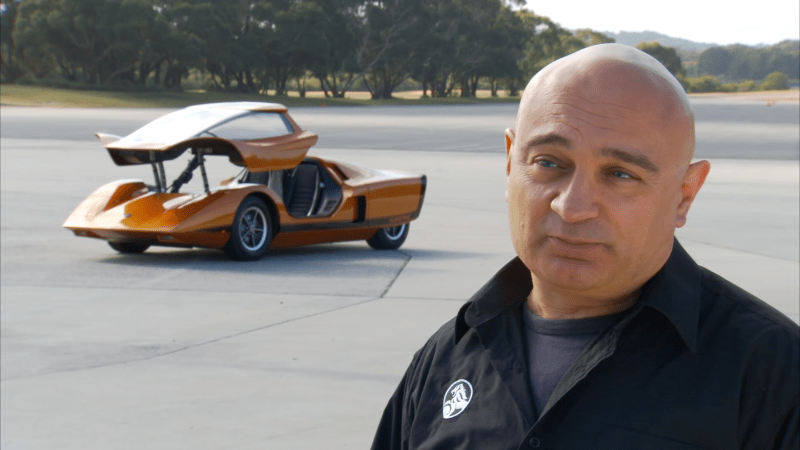
If your friend told you their car had a backup camera, a digital dashboard, climate control, could find radio stations, and even helped stay on the road, you wouldn’t think much about it. Unless the year was 1969. The car — the Hurricane by Australian automaker Holden — was never a production vehicle. But it was way beyond the state of the art in 1969 and isn’t too dated, even today. The concept car was actually found in 1988 and restored by 2011. Honestly, it still looks great.
The car looks amazing and was meant to be a research vehicle and — probably — nice eye candy for the car shows. Seating two passengers with a mid-mounted 253 cubic inch V8, it featured many things we take for granted now: a backup camera, temperature control, and a (somewhat) digital dashboard, for example. There was a system to help it stay in lane, but that required magnets in the road — it was 1969, after all.
The fiberglass body was unique and had a canopy instead of doors. The power seats lifted up when the canopy came up and went down for driving. The passenger compartment was a steel cage. The vehicle featured headrests, a foam-lined fuel tank, and a fire warning system. Two of the brakes were even oil-cooled.
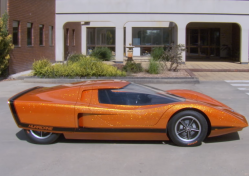
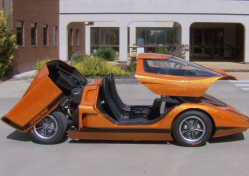
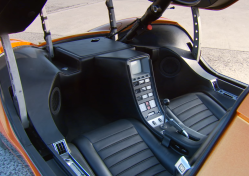
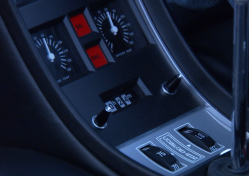
Sure, the car is undeniably cool, but it also reminds us that it is important to reach beyond the possible. We imagine that if you tried to build something this far ahead of our current tech today, you’d have to be prepared to finance it yourself. The car probably didn’t do anything financially for Holden in the near term. But look at how much foresight the designers of this car had! Granted, some things just were’t ready yet. The digital clock with the dials is probably not going to last long on bumpy roads. Magnets on the road have their own problems and were doublessly impractical. But the ideas are solid and you imagine influenced future designers.
So what are we doing today that is just beyond our reach but will inspire the future? Are we just adding more CPUs and more memory to existing things? Some extra buttons on our mouse? Are we adding one more feature to our programming language of choice? Where are the truly innovative programming languages, CPU architectures, and I/O devices coming from? It is hard to imagine 50 years from now someone remembering a great deal of what we build today and considering it revolutionary.
Meanwhile, who’s up for building a replicate Hurricane? It isn’t as rediculous as it sounds. Not that it isn’t a major undertaking, but it would probably be easier with today’s technology to match some of what the Hurricane was doing before we’d even landed on the moon.
No comments:
Post a Comment